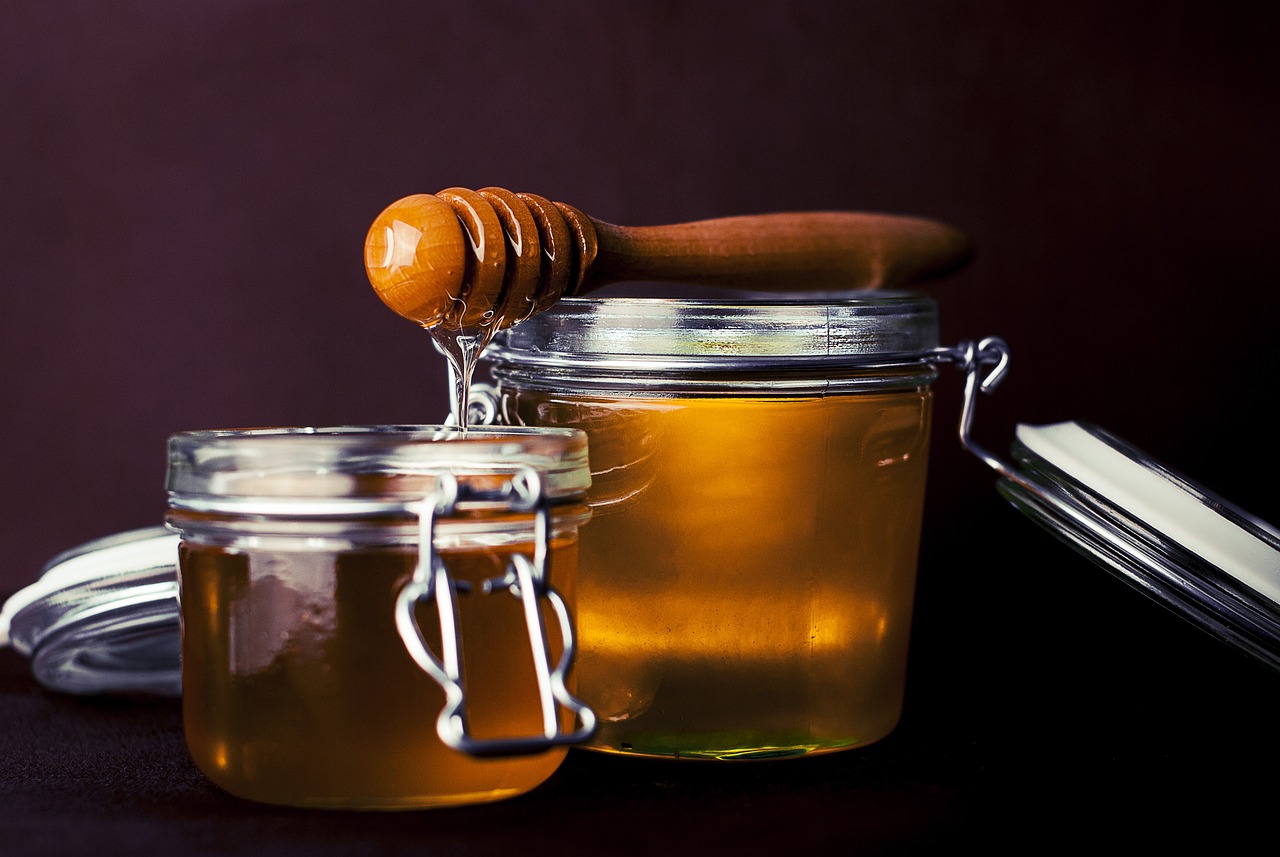A paper on the antibacterial effect of honey and its use in topical wound application (sent in by a reader).
S. E. Blair & N. N. Cokcetin & E. J. Harry & D. A. Carter. The unusual antibacterial activity of medical-grade Leptospermum honey: antibacterial spectrum, resistance and transcriptome analysis. Eur J Clin Microbiol Infect Dis (2009) 28:1199-1208
Abstract There is an urgent need for new, effective agents in topical wound care, and selected honeys show potential in this regard. Using a medical-grade honey, eight species of problematic wound pathogens, including those with high levels of innate or acquired antibiotic resistance, were killed by 4.0-14.8% honey, which is a concentration that can be maintained in the wound environment. Resistance to honey could not be induced under conditions that rapidly induced resistance to antibiotics. Escherichia coli macroarrays were used to determine the response of bacterial cells to a sublethal dose of honey. The pattern of gene expression differed to that reported for other antimicrobial agents, indicating that honey acts in a unique and multifactorial way; 78 (2%) genes were upregulated and 46 (1%) genes were downregulated more than two-fold upon exposure to the medical-grade honey. Most of the upregulated genes clustered into distinct functional regulatory groups, with many involved in stress responses, and the majority of downregulated genes encoded for products involved in protein synthesis. Taken together, these data indicate that honey is an effective topical antimicrobial agent that could help reduce some of the current pressures that are promoting antibiotic resistance.
The information in this article was sourced from: HealthyMuslim.com

